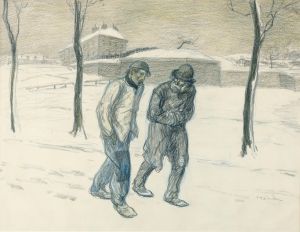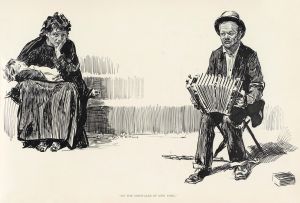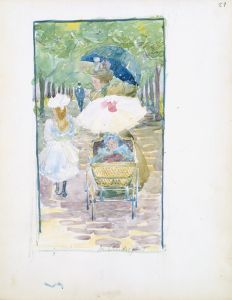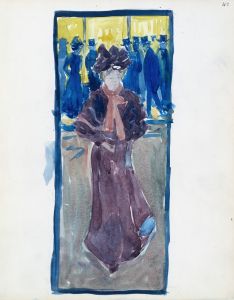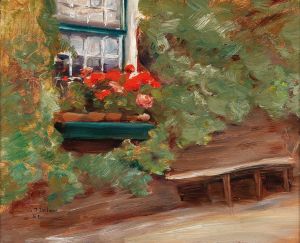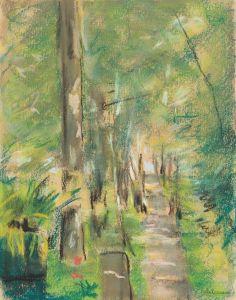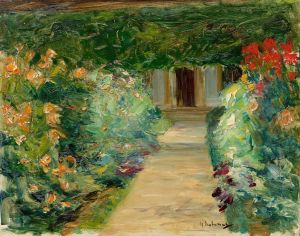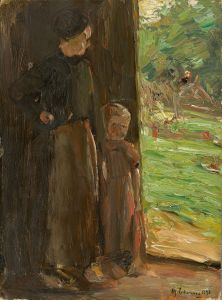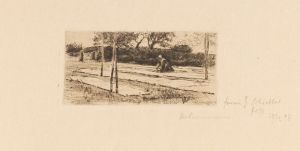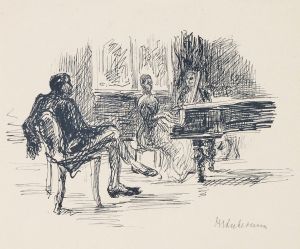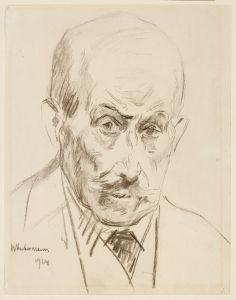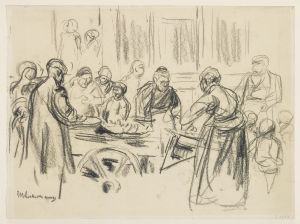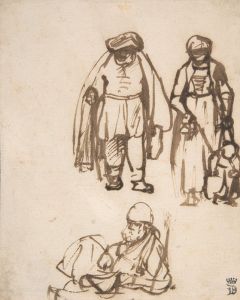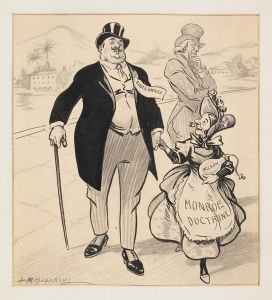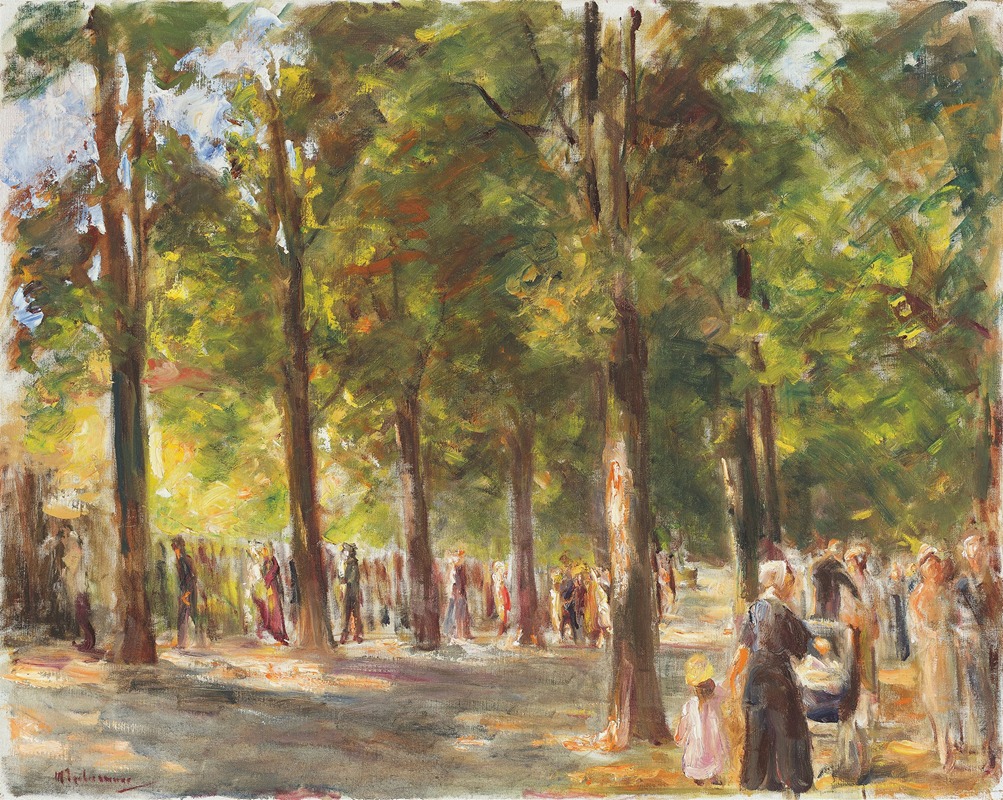
Die Große Seestraße in Wannsee mit Spaziergängern
A hand-painted replica of Max Liebermann’s masterpiece Die Große Seestraße in Wannsee mit Spaziergängern, meticulously crafted by professional artists to capture the true essence of the original. Each piece is created with museum-quality canvas and rare mineral pigments, carefully painted by experienced artists with delicate brushstrokes and rich, layered colors to perfectly recreate the texture of the original artwork. Unlike machine-printed reproductions, this hand-painted version brings the painting to life, infused with the artist’s emotions and skill in every stroke. Whether for personal collection or home decoration, it instantly elevates the artistic atmosphere of any space.
"Die Große Seestraße in Wannsee mit Spaziergängern" is a painting by the renowned German Impressionist artist Max Liebermann. Created in 1924, this artwork is a testament to Liebermann's mature style, which is characterized by loose brushwork and a keen interest in capturing the effects of light and atmosphere. The painting depicts a serene scene along the Große Seestraße, a prominent street in the Wannsee district of Berlin, known for its picturesque landscapes and proximity to the Wannsee Lake.
Max Liebermann (1847-1935) was a leading figure in the German Impressionist movement and played a significant role in the Berlin Secession, an art movement that sought to break away from the conservative academic standards of the time. Liebermann's work often focused on everyday life and leisure activities, reflecting his interest in the social changes occurring in Germany during the late 19th and early 20th centuries.
In "Die Große Seestraße in Wannsee mit Spaziergängern," Liebermann captures a typical scene of urban leisure, with figures strolling along the tree-lined avenue. The painting exemplifies his ability to convey the vibrancy of outdoor scenes through the use of light and color. The dappled sunlight filtering through the trees creates a dynamic interplay of light and shadow, a hallmark of Impressionist painting. Liebermann's brushwork is fluid and expressive, capturing the movement and vitality of the figures as they enjoy their leisurely walk.
The Wannsee area, where the painting is set, was a popular retreat for Berlin's affluent citizens during the early 20th century. It offered a respite from the bustling city life, with its scenic views and recreational opportunities. Liebermann himself had a personal connection to Wannsee, as he owned a villa there, which served as both a summer residence and a source of inspiration for many of his works. The villa, now a museum, houses a collection of Liebermann's paintings and offers insight into his life and artistic process.
Liebermann's choice of subject matter in this painting reflects his interest in capturing the essence of modern life. The leisurely strollers, depicted with a sense of immediacy and spontaneity, embody the spirit of the era, when urban dwellers increasingly sought solace in nature and outdoor activities. This theme of leisure and modernity is a recurring motif in Liebermann's oeuvre, aligning him with other Impressionist artists who sought to depict contemporary life in their work.
"Die Große Seestraße in Wannsee mit Spaziergängern" is not only a representation of a specific location but also a reflection of the broader cultural and social context of the time. It illustrates the intersection of urban and natural environments, a theme that resonated with many artists of the Impressionist movement. Liebermann's ability to capture the subtleties of light and atmosphere, combined with his focus on modern life, makes this painting a significant example of his contribution to the development of Impressionism in Germany.
Today, Max Liebermann is celebrated as one of Germany's most important artists, and his works continue to be studied and admired for their technical skill and insightful portrayal of contemporary society. "Die Große Seestraße in Wannsee mit Spaziergängern" remains a valuable piece within his body of work, offering viewers a glimpse into the leisurely pursuits of early 20th-century Berliners and the enduring appeal of Impressionist art.





